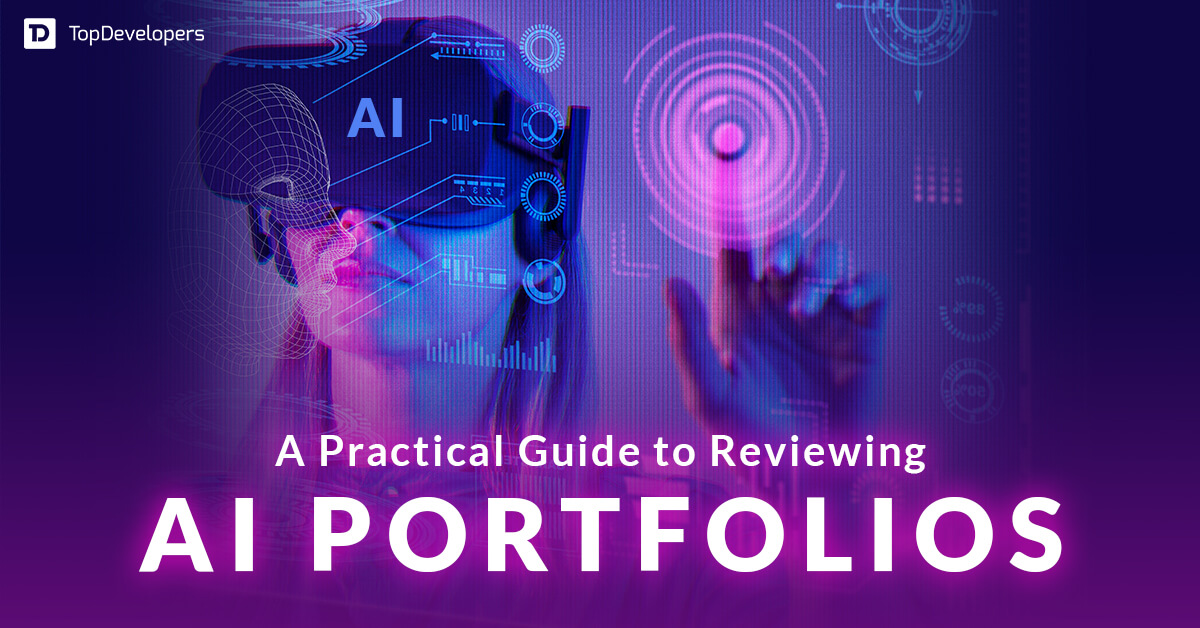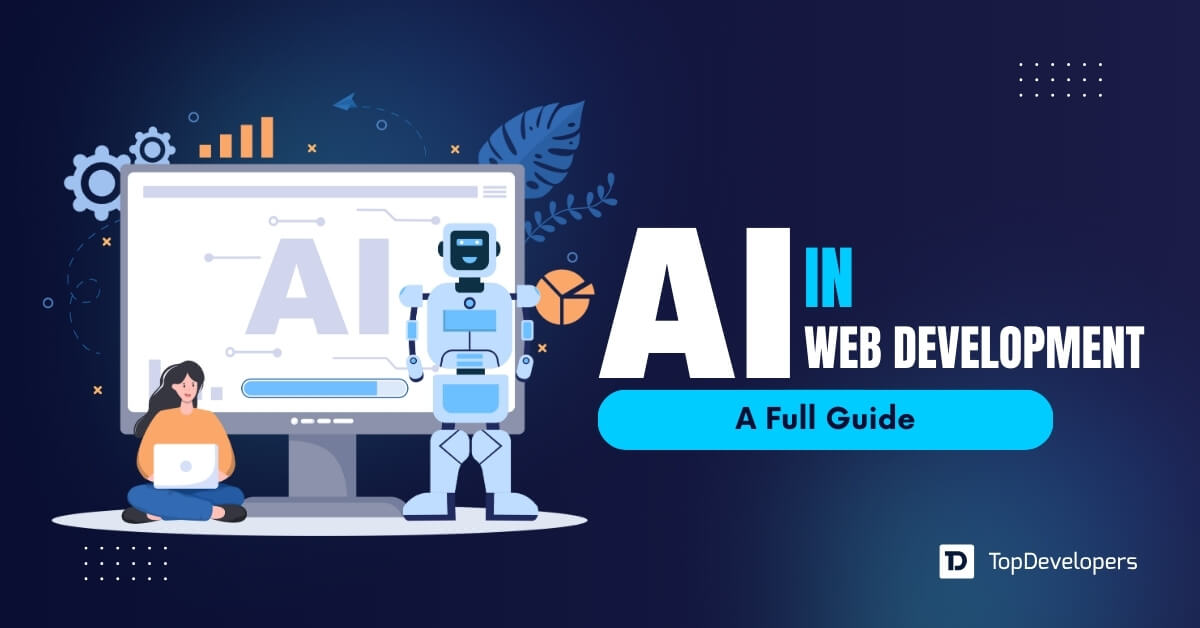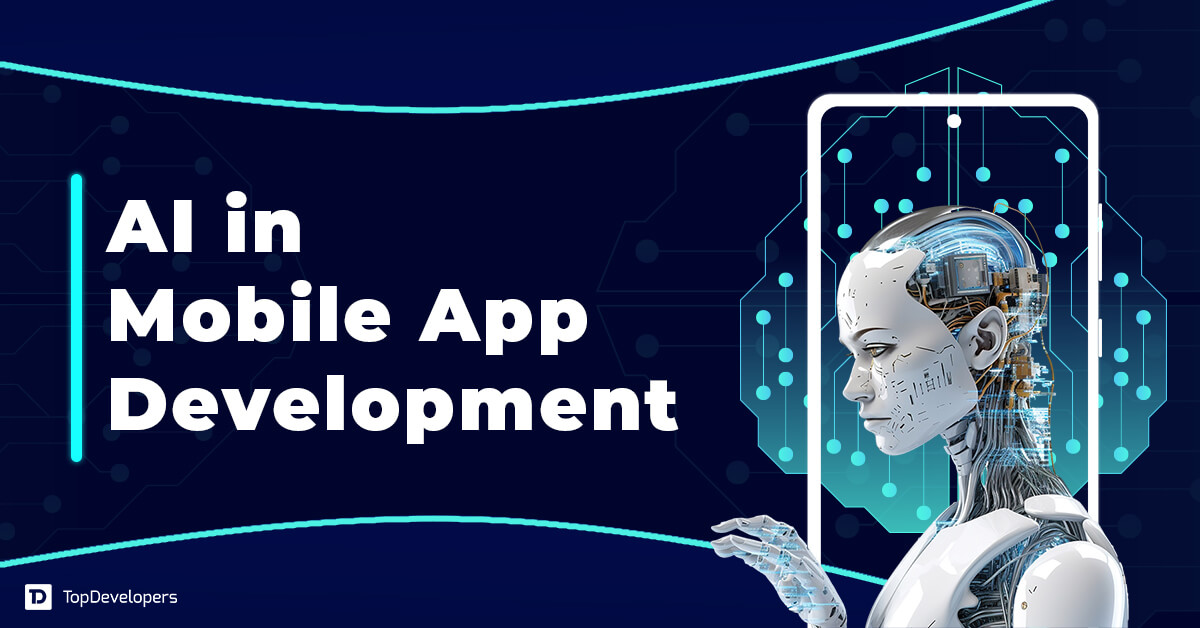
The business world is experiencing a major shift as advanced AI technologies continue to evolve. Among them, Large Language Models have taken center stage. These models are designed to understand and generate human-like text, making it easier for businesses to automate communication, analyze data, and create content faster than ever before.
A recent report by Statista predicts the global AI software market will reach over 244.22 billion USD by 2025, highlighting the increasing reliance on intelligent systems like LLMs across industries. As more businesses begin to explore how AI can improve workflows, reduce costs, and enhance customer experience, understanding the top LLMs available today becomes essential.
This guide explores some of the most powerful and widely used LLMs, with a focus on what makes each model unique and how they can offer real value in business environments.
Table of Contents
Understanding Large Language Models in Simple Terms
Large Language Models, commonly known as LLMs, are a type of AI system trained to understand and generate human language. They learn from vast amounts of text data, such as books, websites, and articles, to become capable of producing meaningful responses, suggestions, or summaries based on the input they receive.
For business owners and decision-makers, understanding how LLMs work does not require technical expertise. At their core, these models are built to make human-like communication with machines feel natural and efficient.
Here are a few key points to understand how they work:
- LLMs are trained using enormous datasets, often containing hundreds of billions or even trillions of words, to learn the patterns and structures of language.
- They use deep learning and transformer architecture to process language. This allows them to predict what word or phrase should come next in a sentence.
- These Large Language AI models can be used to complete a variety of language-based tasks such as answering questions, generating content, summarizing text, translating languages, and even writing code.
- AI LLMs can be fine-tuned for specific tasks or industries, making them useful across different sectors including healthcare, finance, retail, and marketing.
- Unlike traditional automation tools, LLMs bring adaptability and contextual understanding to conversations, which makes interactions feel more personalized and human.
By learning the basics of what LLMs are and how they function, it becomes easier to see how they fit into modern business strategies and workflows.
Top Large Language Models (LLMs) Today
With the rapid growth of AI, several powerful AI language models have been developed by leading research teams and tech companies. Each model has its own strengths, unique training methods, and use cases that make it stand out. For businesses aiming to adopt AI, understanding the differences between these models is an important step toward choosing the right solution for internal tools, client-facing applications, or productivity enhancements.
Below are some of the most prominent LLMs that have earned recognition for their capabilities and practical value.
GPT by OpenAI
OpenAI developed the GPT series, one of the most widely known and influential large language models today. The latest version, GPT-4o, handles complex text-based tasks with enhanced accuracy and fluency.
Key features of GPT-4o:
- Supports both text and code-based outputs, making it useful for tasks like generating reports, answering technical queries, or even writing and debugging software code.
- Offers improved reasoning and contextual understanding, which helps in creating consistent and coherent content.
- Can be integrated into chatbots, virtual assistants, knowledge bases, and content generation tools.
- Available through API access, allowing businesses to integrate its capabilities into their platforms without building an AI system from scratch.
The GPT family continues to evolve with lighter versions like GPT-4o mini, which offer a balance of performance and efficiency for businesses that prioritize speed and cost savings.
Claude by Anthropic
Claude, developed by Anthropic, is a large language model (LLM) built with a strong focus on reliability, safety, and instruction-following. Its latest version, Claude 3.5 Sonnet, has gained attention for handling complex tasks while maintaining user-friendly outputs.
Key features of Claude 3.5 Sonnet:
- Performs exceptionally well in structured reasoning tasks such as summarizing long documents, interpreting charts, or generating business strategies.
- Trained to align closely with human values and intentions, reducing the risk of generating misleading or inappropriate responses.
- Provides dependable support for tasks in research, education, and customer support.
- Built with an emphasis on transparency and safety, which helps businesses deploy it in regulated industries or customer-facing roles.
Claude AI models are considered strong options for businesses that want an AI assistant that follows instructions precisely and interacts in a more ethical and controlled manner.
Llama by Meta
Llama, developed by Meta, is a family of open-source large language models known for their adaptability and efficiency. The latest version, Llama 3.1, includes models with up to 405 billion parameters, making it one of the most powerful open-access LLMs currently available.
Key features of Llama 3.1:
- Open-source availability gives developers and businesses more flexibility to customize and deploy the model in different environments.
- Suitable for a wide range of tasks including natural language understanding, document classification, and long-form content generation.
- Offers strong performance even when deployed in limited-resource settings, helping small to mid-sized businesses explore AI without large infrastructure.
- Supports multilingual use, which makes it valuable for businesses with international audiences or global communication needs.
Llama AI stands out for its transparency and the control it offers businesses that prefer hosting and managing their own AI models internally.
Gemini by Google
Gemini is Google’s latest suite of AI models built under its DeepMind division. Designed with multimodal capabilities, Gemini models can process not just text but also images, code, and other forms of data. The most recent version, Gemini 2.5, brings notable improvements in understanding and responsiveness.
Key features of Gemini 2.5:
- Multimodal processing allows it to understand text along with visual inputs, which makes it suitable for complex business tasks like product catalog analysis or media summarization.
- Performs well in coding, document analysis, data extraction, and advanced conversational applications.
- Integrated across Google’s ecosystem, making it easily accessible to businesses already using Google Cloud or Workspace services.
- Focuses on high reliability and real-time performance, helping businesses improve both internal efficiency and customer engagement.
Gemini is especially valuable for businesses looking to combine various forms of input data into a single AI-driven solution, giving them more context-aware outputs.
Falcon by Technology Innovation Institute
The Technology Innovation Institute developed Falcon, a high-performance open-source large language model. The Falcon 40B version stands out for balancing power with resource efficiency, making it a practical choice for enterprise-level applications.
Key features of Falcon 40B:
- Designed for scalability, making it suitable for businesses that need to handle large volumes of data or frequent AI interactions.
- Open-source nature allows teams to fine-tune and deploy the model based on specific industry needs or internal tools.
- Delivers strong performance in tasks such as document summarization, conversational AI, and data extraction.
- Optimized to reduce latency and resource consumption, which helps lower the overall operating cost of AI-based systems.
Falcon serves as a strong option for businesses that want an enterprise-ready solution without the restrictions of closed AI models.
DeepSeek by DeepSeek-AI
DeepSeek-AI created DeepSeek, a large language model that focuses on both English and Chinese. In its latest release, the model features 67 billion parameters and has been trained on over 2 trillion tokens, enabling it to understand complex language patterns with depth and precision.
Key features of DeepSeek:
- Excels in logic-heavy tasks such as mathematics, structured reasoning, and advanced code generation.
- Supports dual-language processing, making it ideal for businesses working across both Western and Asian markets.
- Released as an open-source model, giving businesses the freedom to adapt it to different sectors or tasks.
- Offers competitive performance in comparison to many proprietary models, especially in coding, language translation, and text-based automation.
DeepSeek stands out for its technical depth and multilingual capabilities, making it valuable in both global and highly specialized environments.
Mistral by Mistral AI
Mistral AI developed Mistral, a lightweight yet powerful large language model. Known for its speed and efficiency, the Mistral 7B model is especially effective in real-time AI tasks where fast response and minimal resource usage are important.
Key features of Mistral 7B:
- Designed to perform well even on low-memory hardware, making it accessible to smaller businesses or teams working with limited infrastructure.
- Offers high-quality results in content generation, dialogue systems, and summarization tasks.
- Open-source release allows for custom fine-tuning and secure deployment in private environments.
- Maintains strong performance despite its smaller size, which helps businesses reduce latency in their AI applications.
Mistral is ideal for businesses that want to implement responsive AI tools without investing in high-end computing infrastructure.
Kimi by Moonshot AI
Kimi AI is a multimodal language model developed by Moonshot AI, designed to handle long-context input and detailed reasoning tasks. The latest version, Kimi k1.5, supports input lengths up to 128,000 tokens, making it one of the best models for processing large documents or extended conversations.
Key features of Kimi k1.5:
- Built with reinforcement learning techniques to improve reasoning, logic, and accuracy in responses.
- Well-suited for tasks that require analyzing extensive data or generating structured, step-by-step outputs.
- Performs strongly in STEM subjects, code generation, and detailed problem-solving scenarios.
- Offers a combination of natural language understanding and algorithmic thinking, making it versatile across industries.
Kimi AI is especially useful for businesses that deal with technical data or need AI tools that go beyond basic responses to handle in-depth tasks.
Qwen by Alibaba Cloud
Qwen is a large-scale language model developed by Alibaba Cloud, offering high performance in multilingual and multitask environments. It supports up to 128,000 tokens in a single context, which is useful for processing dense data or multilingual content.
Key features of Qwen:
- Trained with a focus on human preference, which helps in producing more natural and contextually appropriate responses.
- Supports advanced functions like code interpretation, logic-based answers, and creative text generation.
- Performs strongly in tasks such as email drafting, customer support, and business documentation across multiple languages.
- Designed to be scalable and enterprise-ready, offering seamless integration into existing business platforms.
Qwen is a solid option for businesses looking to deploy a multilingual AI model that performs consistently across complex tasks and large datasets.
Conclusion: Embracing the Value of Leading LLMs in Business
As AI adoption becomes a standard part of digital transformation, Large Language Models are proving to be more than just a technological trend. These models are shaping how businesses interact with data, deliver services, and scale operations. From open-source platforms that allow greater control to multimodal models that process a mix of inputs, the variety and depth of today’s LLMs offer something relevant to nearly every industry.
Understanding the differences between top LLM models like GPT, Claude, Llama, and others allows decision-makers to identify which tools align best with their operational goals. Whether the focus is on content generation, real-time customer communication, or advanced data interpretation, the right model can contribute directly to business growth and innovation.
As the market continues to evolve, the role of top AI LLM development companies becomes increasingly relevant. These businesses bring technical advancements to practical use, making it easier for other companies to integrate advanced AI into real-world scenarios. In a landscape shaped by intelligence and adaptability, staying informed about LLM capabilities is key to making forward-thinking business choices.
 Gillian Harper
| Apr 2, 2025
Gillian Harper
| Apr 2, 2025
A professionally engaged blogger, an entertainer, dancer, tech critic, movie buff and a quick learner with an impressive personality! I work as a Senior Process Specialist at Topdevelopers.co as I can readily solve business problems by analyzing the overall process. I’m also good at building a better rapport with people!


